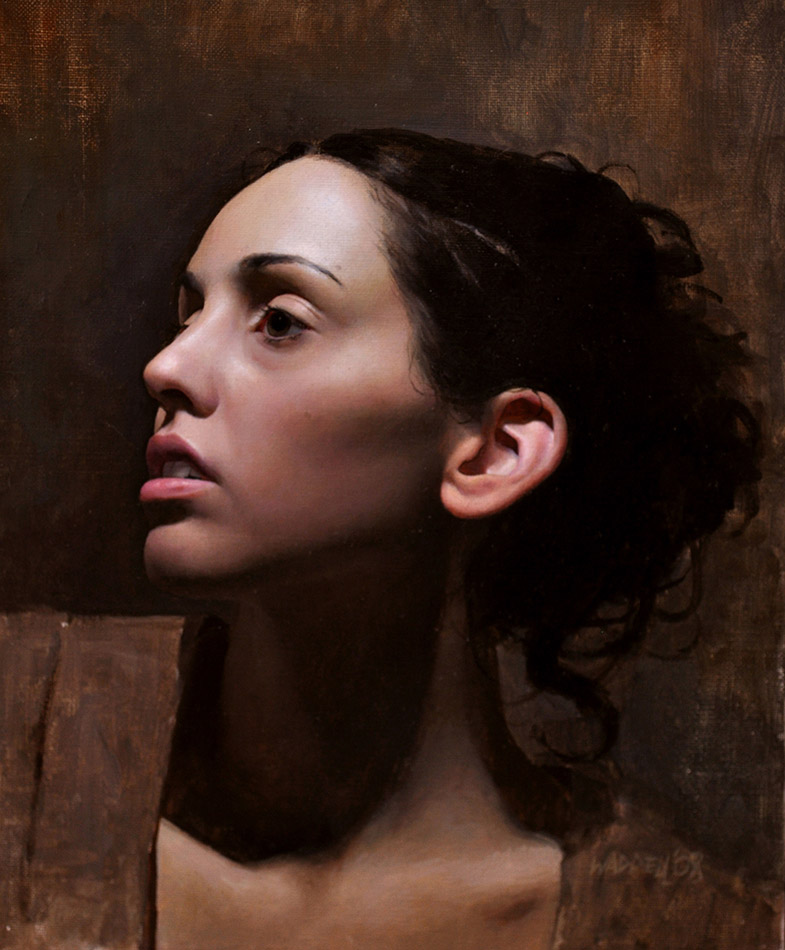 |
| Payton – Oil on linen – by Scott Waddell |

The Portrait Course
Friday, January 9th, 2015
Review of the downloadable instructional video, The Portrait Course by Scott Waddell.
by Howard Lyon
I had the chance to go to the Grand Central Academy a few years ago over a summer in New York. I took a couple workshops, one of them was a figure painting course taught by Scott Waddell. I was impressed by his ability to render flesh and his skill as a draftsman. He reminded me of one of my favorite 20th century artists, Claudio Bravo. It didn’t take long to also realize that Scott is an excellent teacher who has dedicated a lot of time trying to quantify and define the craft of painting.
Because of my experience in his workshop, I was excited to see the release of his new video, The Portrait Course. The first thing I can tell you is this is very thorough. You should finish the course with no questions as to the steps, process and terms involved. It even comes with an illustrated glossary. The video work is crisp and professional and Scott makes great use of 3D to help illustrate his points.
What comes in the box?
The download is broken down into 7 parts:
1. Featurette – This is a 23 minute video that in itself would be worthy of the cost. It is a mini course in painting, including setup for painting, palette and materials. It also helps to prepare the viewer for the longer course, defining what you should expect as well as the terms used.
2. Course Guide – This is a 22 page PDF file that contains an illustrated glossary, finished painting, palette, materials list, the narration from the featurette for easy reference, and photo of the model. Scott painted from life, but the photo gives you a feel for the lighting used as well as a comparison to see how he is culling the information while painting.
3. Drawing/ColorStudy/Underpainting – 41 minute video that covers the first three steps in the process outlined in the featurette video. Scott fills the video with insights and tips along the way.
4. Form pass part 1 – 30 minute video. With the underpainting finished, Scott moves into what he calls the form pass. He frequently adds voice over with colors being used and what his thoughts are with each step.
5. Form pass part 2 – 30 minute video. Finishing the form pass. You really start to see some remarkable execution here. The value control and surface control is exceptional, and all thoroughly narrated.
6. Revision pass – 24 minute video. In this video Scott goes into to how to make adjustments to your painting. He talks about using a medium with your paint and how to work wet paint over a dried area with uniform results.
7. Finished painting – A high resolution image of the finished painting is included so that you can see in great detail the finished results.
Who is this course for?
I think there are two strong reasons you should consider buying this course:
The first reason you would want to download this is if you want to paint in a manner similar to Scott and learn and use his techniques. A worthy goal! This method of painting is very precise, based on keen observation, rendering and correction.
But what if that isn’t how you want to paint? Why would you want to purchase instruction that doesn’t represent your goals as an artist? I believe that the skills that you learn from this specific process and approach to drawing and painting will build a strong foundation for so many other approaches. This video is all about reenforcing the fundamentals of observation and application. It is rigorous and meticulous, but it teaches the student how to observe and record accurately. Such skills can be applied universally, whatever your style or technique.
What did I learn?
I said at the opening that I took a workshop from Scott, so much of what I learned then was reiterated again here, but without the interruptions or issues that sometimes occur in a classroom. I can pause the video, back it up and reference it again and again. The summer I went to GCA and took the workshop from Scott was the same summer I attended IMC. Between the two, it changed the course I was one. I was reminded watching this course of some of the things that had the biggest impact on me.
If you are struggling to “get it right” slow down. Seriously, slow down. It isn’t a race and even if it were why wear yourself out to get to the finish line only to see that you were on the wrong track, disappointed with your results? I have found that slowing down has helped me make better decisions and get more consistent results. Speed has a time and place, but if you are fighting accuracy or not getting the results you want… slow down. When I slow down, I find success faster.
Process can have huge impact on your results. Learning to define your steps and refine them can give you a significant boost. If you have followed my posts here over the last year, you know that process is one of my favorite subjects. It might seem obvious, but I am surprised at how many artists I have spoken to haven’t really considered their process or how changing it might impact their results.
Drawing is the foundation on which you will hang your painting. Bad drawings produce bad paintings. Taking the time to establish a strong drawing will increase the chances of success significantly. Again, this is seemingly obvious, but if you are guilty of moving onto to the final when your sketch or drawing is still full of issues or uninspiring then you know that it is a good reminder.
This course also provided great examples of how color temperature variation brings flesh to life. Scott paints flesh that lets light in, has beautiful greys and rich warm shadows. It feels like there is blood just under the surface with bones and fat and muscle defining the forms.
You learn to break down the components of both shape and form and identify their parts. Envelopes, tilts, shadows, terminators, specular and diffuse light… after which you are better equipped to use them to your advantage and recognize them.
Conclusion
Scott has put together a very well thought out course on painting the portrait. He is very generous with his knowledge and explains each of his points and steps with a remarkable thoroughness. I highly recommend buying this course. It is available for download for $45, a bargain for the massive amount of information you will get in return.
If you are interested, here is a link the course site. The Portrait Course by Scott Waddell.
Here is another painting from his website
All images used in this post are copyrighted by Scott Waddell, 2015.


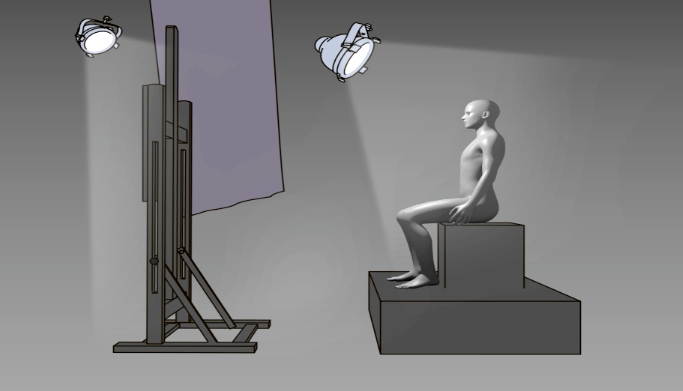

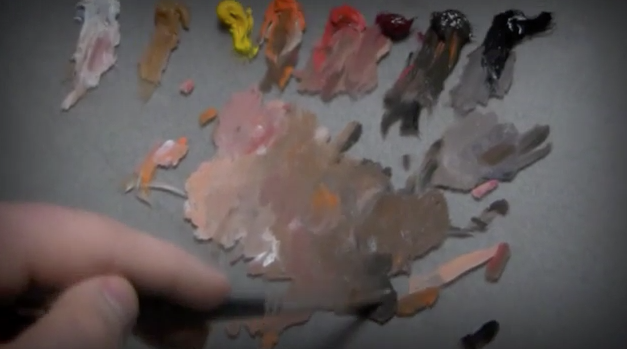
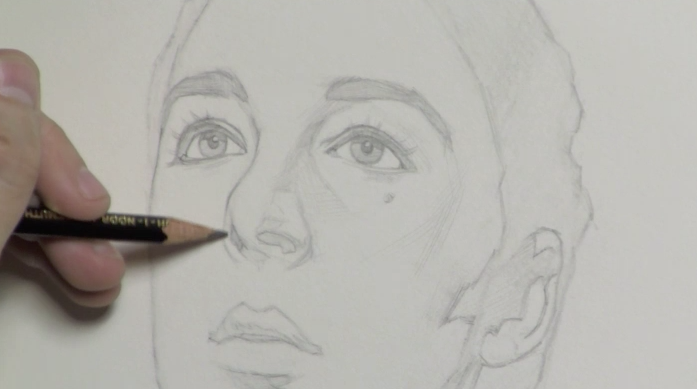
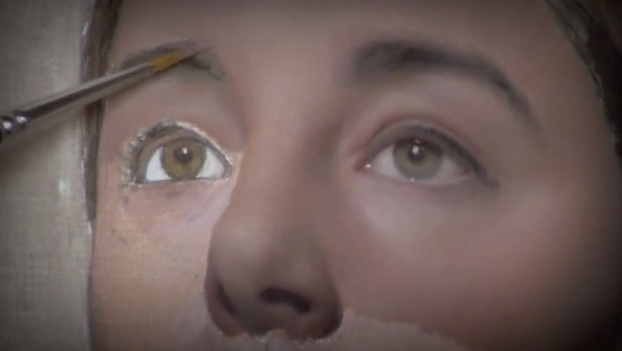
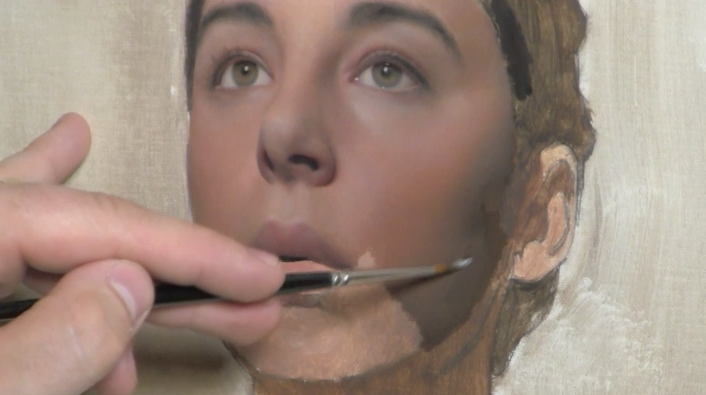
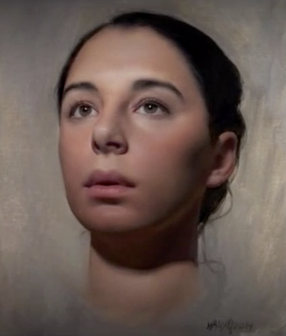
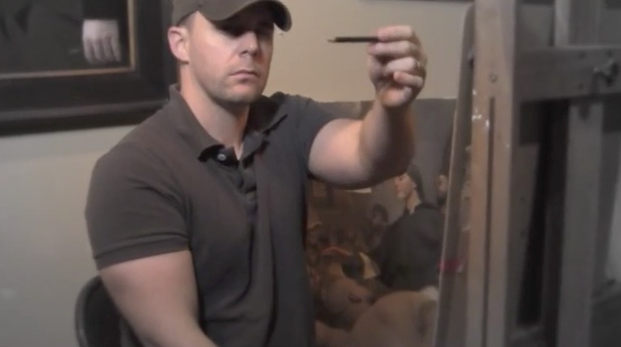

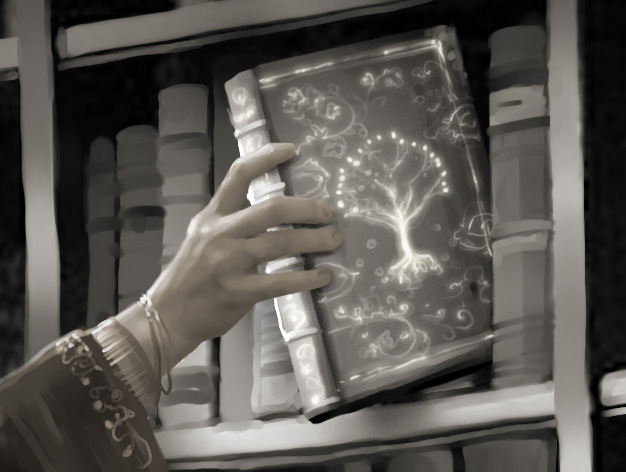
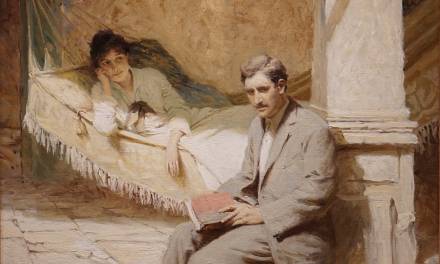
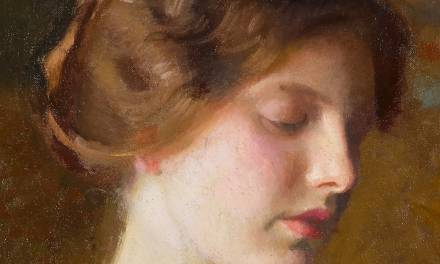
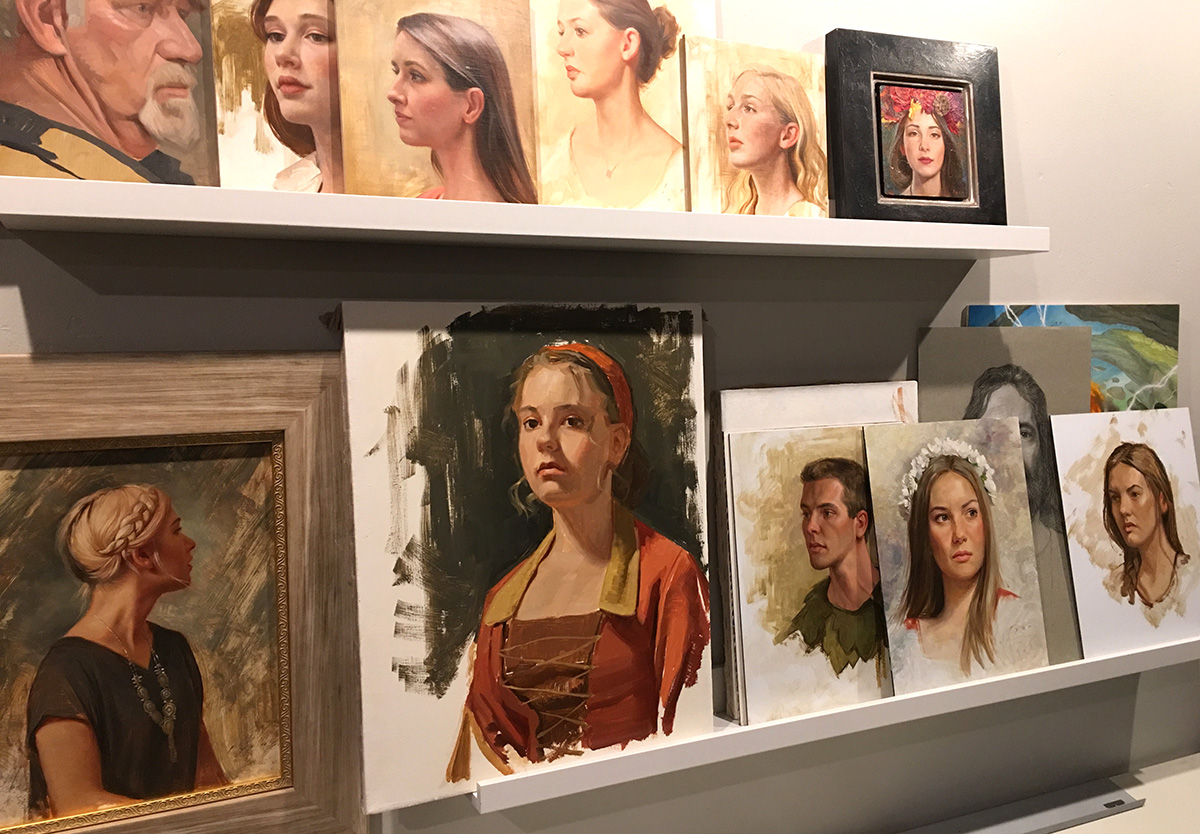

Awesome Howard! I've purchased the dvd as well and I highly recommend it! I believe Scott is one of the best living painters today reconciling the technical genius that was valued through the past centuries. Painting forms to such a high degree like Scott is extremely tough and challenging. It involves the utmost precise control of value and change in chroma. I believe learning to paint to such a high degree like Scott opens up so much doors to do amazing things. Many people believe the product of this level of work is simply due to “patience” not realizing how difficult it is to control the slightest value gradation that reflect the light source and form of the model. This is why Sargent's work is so profound, his brushstrokes are the product of his knowledge of slow meticulous form rendering. Thanks Howard!
Thanks for reading the post and for the response! Scott really did an excellent job on his video.
he is just extraordinary man on earth